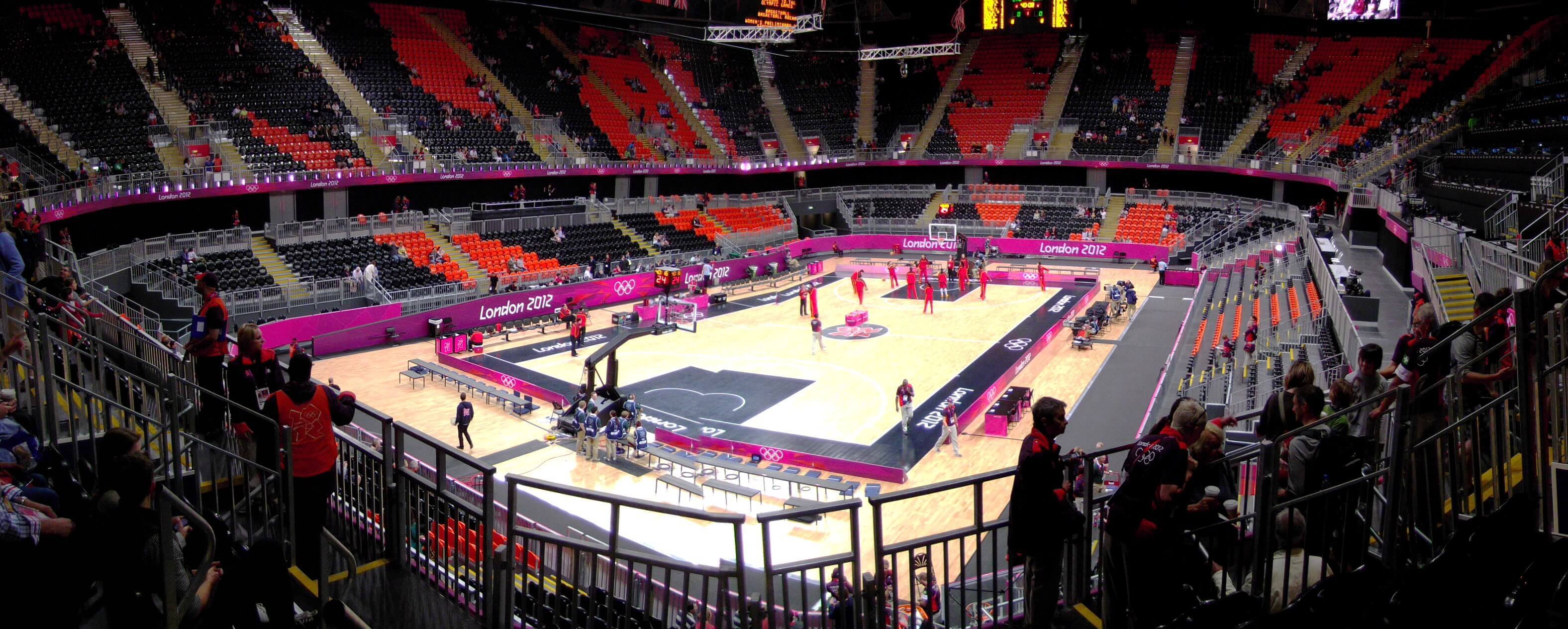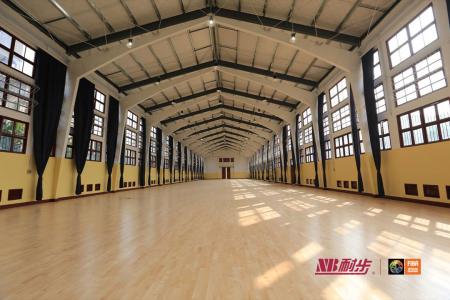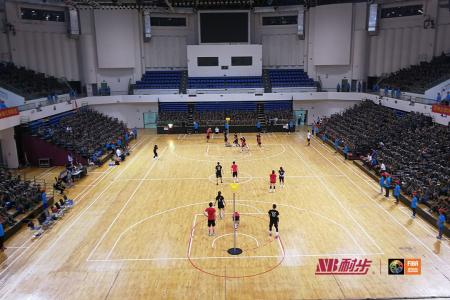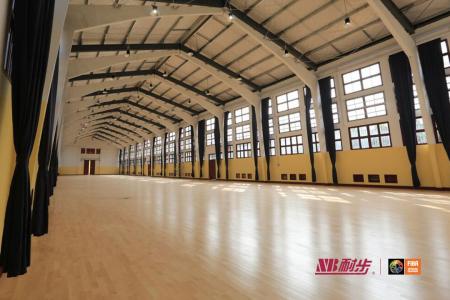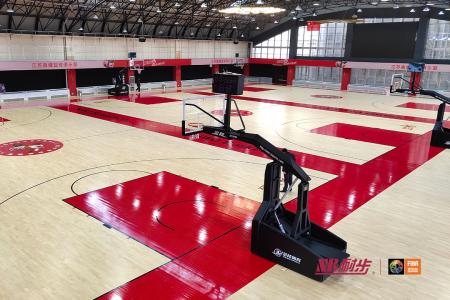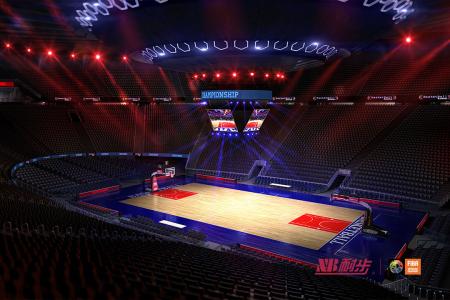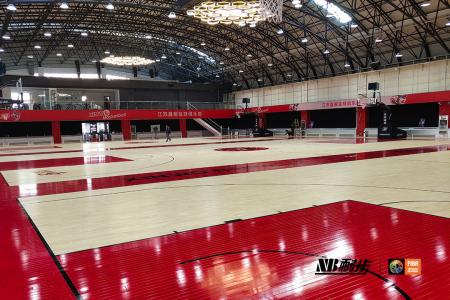Classification of sports wood flooring: key factors in choosing the best floor

1. The basic concept of sports wood flooring
Sports wood flooring is a floor specially designed for sports. Its main characteristics are good elasticity, toughness and anti-slip properties. It can effectively reduce the impact on joints during exercise and reduce the risk of sports injuries. In addition, sports wood floors are usually made of high-quality wood, giving users a comfortable touch.
2. Basis for grading sports wood flooring
The grading of sports wood flooring depends on a number of key factors, including wood type, floor thickness, surface treatment, and installation method. , elasticity and carrying capacity, etc. Each of these factors will be explained in detail below.
1. Types of wood
The wood for sports wood flooring is usually divided into two types: solid wood and composite wood. Solid wood sports floors generally use high-quality hardwoods, such as maple, oak, etc. These woods are not only wear-resistant, but also have good elasticity and toughness. In contrast, although composite wood sports flooring is more affordable, it may be slightly inferior in elasticity and wear resistance. Therefore, the type of wood is an important consideration when choosing a higher grade sports wood flooring.
2. Floor thickness
The thickness of sports wood flooring directly affects the stability and comfort of the floor. Generally speaking, sports wood flooring with a thickness of around 22 mm is considered a high-grade choice. Thicker floors can better withstand the impact of sports and reduce the damage caused to athletes' knees and joints. At the same time, thicker floors are also more wear-resistant and more suitable for frequently used venues.
3. Surface treatment
The surface treatment of sports wood flooring will directly affect its touch and anti-slip properties. High-grade sports wood floors are often treated with UV paint or paint, which not only effectively prevents floor wear but also maintains the natural beauty of the wood. This surface treatment can also improve the anti-slip performance of the floor to ensure the safety of athletes during exercise.
4. Installation method
The installation method of sports wood flooring will also affect its grade classification. At present, the common installation methods are mainly floating type and adhesive type. Suspended installation can provide better elasticity to the floor and is suitable for sports occasions with large vibrations such as basketball courts. The adhesive installation is relatively stable and is more suitable for more static venues such as badminton courts. Therefore, when choosing transportationWhen installing wooden floors, it is very important to understand the characteristics and applicable situations of different installation methods.
5. Elasticity test
The elasticity of sports wood flooring is an important indicator for judging its sports performance. Commonly used elasticity testing standards include DIN standards and ASTM standards. Generally, higher-grade sports wood floors need to meet certain elasticity standards, which can effectively absorb and disperse the impact force generated during exercise and avoid injury to athletes.
6. Load-bearing capacity
The load-bearing capacity of sports wood flooring determines its range of applicable occasions. Different types of sports have different requirements for the floor, such as basketball and volleyball, which require higher load-bearing capacity, while other light sports such as table tennis have relatively low load-bearing capacity requirements for the floor. Therefore, when choosing sports wood flooring, its load-bearing capacity needs to be fully considered based on actual usage.
3. Classification of sports wood flooring
After fully understanding the basis for classification of sports wood flooring, we can divide it into the following grades.
1. First-class sports wood flooring
First-class sports wood flooring is usually made of high-quality solid wood, with a thickness of 22 mm, and has undergone advanced surface treatment and strict installation standards. This level of flooring is suitable for various professional sports venues and can effectively ensure the safety of athletes during competitions.
2. Secondary sports wood flooring
Second-level sports wood flooring is mostly made of a mixture of high-quality composite wood and solid wood, with a thickness generally between 18 and 22 mm. Its surface treatment and elasticity testing can also reach higher standards, making it suitable for general sports activities and training.
3. Three-level sports wood flooring
Three-level sports wood floors are mostly economical choices, using a single type of composite wood with a thickness of about 15 to 18 mm. Although suitable for some non-professional sports activities, it is relatively weak in terms of slip resistance and load capacity.
4. Suggestions for purchasing sports wood flooring
When purchasing sports wood flooring, it is recommended that users consider the following aspects:
1. Understand the usage of the venue: Different types of sports venues have different requirements for flooring. Venue operators need to choose the corresponding grade of flooring based on actual usage needs.
2. Pay attention to the brand and after-sales service: Choosing a well-known brand of sports wood flooring can not only ensure quality, but also obtain good after-sales service guarantee.
3. Consult professionals: During the purchase process, you may wish to consult a professional floor installation company or sports facility company to obtain more comprehensive advice.
4. Conduct an on-site inspection: Before deciding to purchase, it is best to inspect the site in person to experience the comfort and safety of the floor.
5. Summary
The classification of sports wood flooring is based on wood type, floor thickness, surface treatment, installation method, elasticity and load-bearing capacity, etc.aspect. Choosing the right sports wood flooring is not only related to sports safety, but also affects the performance and experience of athletes. Therefore, you need to carefully analyze its various indicators and make rational judgments when purchasing.
We hope that the analysis of this article can provide you with a practical reference when choosing sports wood flooring, allowing you to choose the most suitable flooring for the operation of sports venues or home use, ensuring the safety and safety of the sports process. Comfort.

